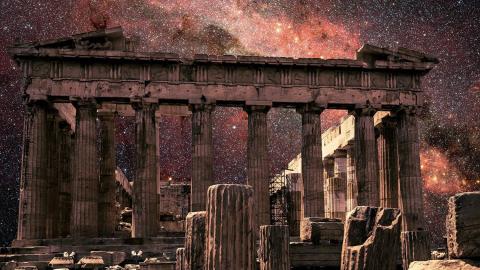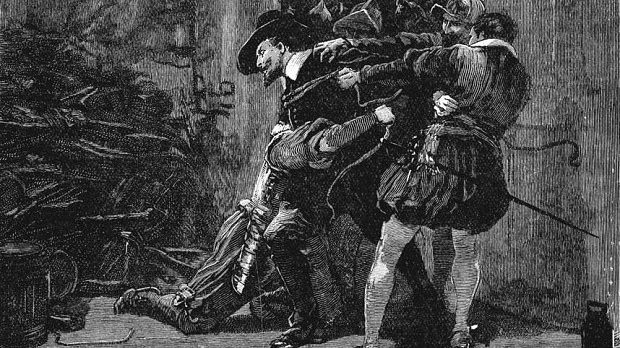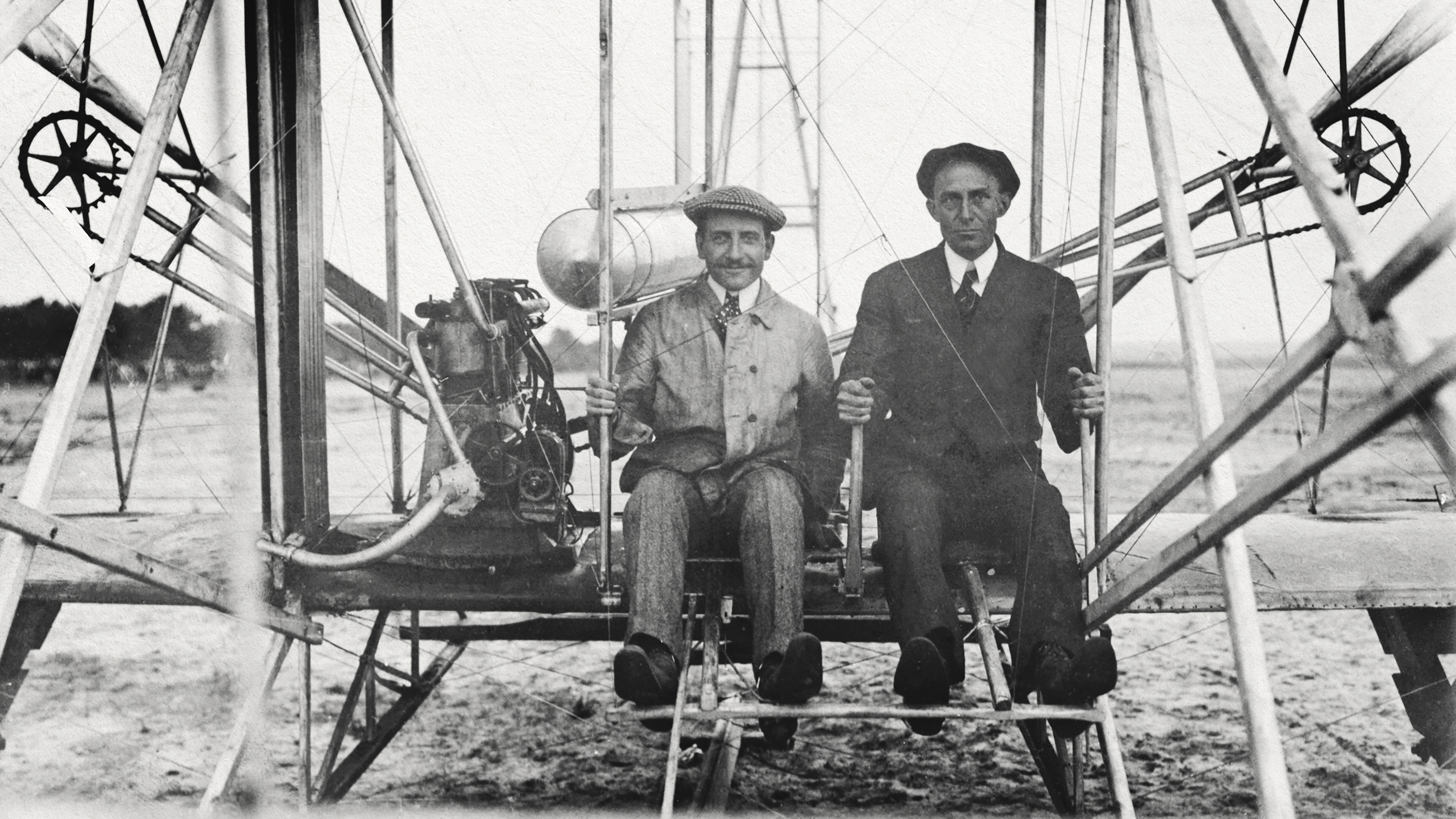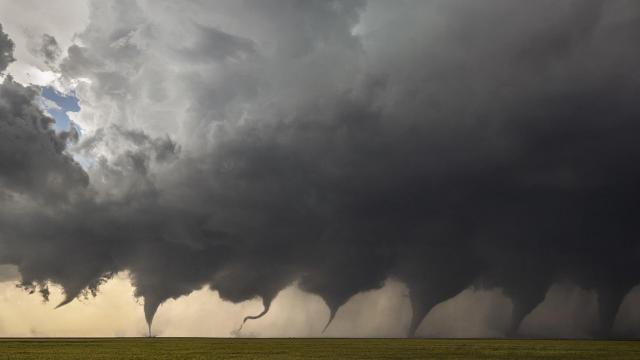A fable of ancient Greece: when the mythic universe became a rational machine

Credit: scaliger / Adobe Stock
- Worldviews change and, with them, the way we see ourselves and our place in the universe.
- The transition from myth to science as an explanation for the workings of nature took place in pre-Socratic Greece, beginning around 550 BCE. At that time, the Earth was believed to be the center of the universe.
- The first mechanical model of the cosmos is attributed to Anaximander. Corrections to that model, by his pupil Anaximenes, launched an idea that remained with astronomy for over twenty centuries: celestial objects are held up by crystal spheres.
The two philosophers labored to climb uphill under the pale glow of the crescent moon, their sandals crushing the parched soil underneath. As they approached the top of the mountain, the sky above exploded in a thousand flickering lights, the Milky Way stretching its ghostly arms across the darkness. Down below, one could see the burning torches of the amphitheater, the crown jewel of Miletus. Anaximander wiped his sweaty forehead on his sleeve and smiled at his younger student, Anaximenes. “Hard work pays off, right?” he said, between large breaths.
Anaximenes stared at the heavens in awe. “Master, what do you think are these lights? Why do they stay up there, glowing steadily?” he asked.
“Look carefully,” instructed Anaximander. “You can distinguish different kinds of light. Some flicker and others don’t. The ones that don’t flicker move slowly across the heavens. They are the planets. To see that they move, you need to watch them for a long time. Months. The ones that flicker don’t move. They are the stars.”
Anaximenes nodded. “But the light, what is it? Is it the same as the sun? Or the moon?”
Anaximander picked a stick and drew a large circle on the sand. “That’s a very good question,” he said. “And until now, no one knew the answer. The ancients thought the lights were put up there by the gods. The planets moved because of the gods. To them, everything that happens in nature was the work of some god. Stupid superstitions if you’d ask me.”
“Like Helios carrying the sun on his chariot every day, from east to west?” asked Anaximenes.
“Exactly. But how could someone call this kind of explanation an understanding of the natural world? It’s just make-believe to cover up our fear of the unknown. We have a mind, and we must use it to figure things out, to reason about what causes what. To say a god did this or that doesn’t really work for me.”
“But then, how do you explain the lights in the skies?” insisted Anaximenes.
“Well, look at this circle in the sand. The earth is right in the middle. Now, imagine that this circle is like the wheel of a chariot, spinning about the center.” Anaximenes nodded. “Consider many wheels. One for the sun, one for the moon, others for the planets, and another for the stars. The cosmos consists of wheels within wheels, spinning about the earth in the middle.”
“I’m getting a headache imagining all these wheels spinning up there,” complained Anaximenes.
Anaximander smiled, drawing more concentric circles in the sand. “With practice, you can see it all with your mind. But there is more. These are not ordinary wheels. They are filled with fire. The lights that we see in the skies — the sun, the moon, the planets, the stars — they are just this fire escaping from holes in the wheels. As the wheels turn, we see the light turning too, always from east to west.”
Anaximenes looked at his master, visibly disturbed. “Do you mean that the cosmos is like a machine? Turning wheels spitting fire from holes?”
Anaximander laughed. “Exactly! No gods necessary, only mechanisms. This is what the mind can do if we put it to work. We are the physicists. We look for explanations in nature, not in gods.”
A hurried cloud covered the moon momentarily, creating a mosaic of light and shadow on the ground. “Things are fleeting,” said Anaximander. “Like the tides, everything ebbs and flows. Thales, my teacher, taught that water was the primal substance, the essence of all things. But he was mistaken. How could water and fire, opposites from each other, coexist in a cosmos of water? Much better to go beyond such trivial material stuff and posit that all things come from the apeiron — the innumerable, the indefinite, the intangible material principle of all things.”
“Does this mean that the indefinite contains both water and fire?” asked Anaximenes.
“Yes and no,” answered Anaximander. “It contains everything but not as they are seen by us. It gives rise to everything anew and, through transformations we cannot see, fire, water, air, and earth come to be.”
The moonlight came back, illuminating the wheels on the sand. “Master, why can’t we see the wheels when we look up?” asked Anaximenes.
“Good question,” answered Anaximander. “Maybe because the heavens are not transparent to the eye, and we can see only the brightest fire that escapes from the wheels.”
Anaximenes shook his head. “Or mm…maybe,” he stuttered, “there are no wheels but crystalline spheres! You see master, crystal is transparent, and that’s why we can’t see it up there. Also, spheres made of crystal can spin around, taking the stars along with them. But just the stars…I believe that the sun, moon, and planets are carried around by winds, supported by the cosmic breath.”
Anaximander looked at his pupil. For the first time, he saw him as an equal. “I’m not sure what to think of your idea of stars attached like studs to a crystal ball,” he said. “But you are thinking like a physicist, and that’s all I want from you. A mature student should contradict his master.” Anaximenes smiled shyly.
“We better start going down, before we lose all the moonlight,” said Anaximander. “Tomorrow, you will tell our friends of this conversation, and how we disagree in some ways.”





